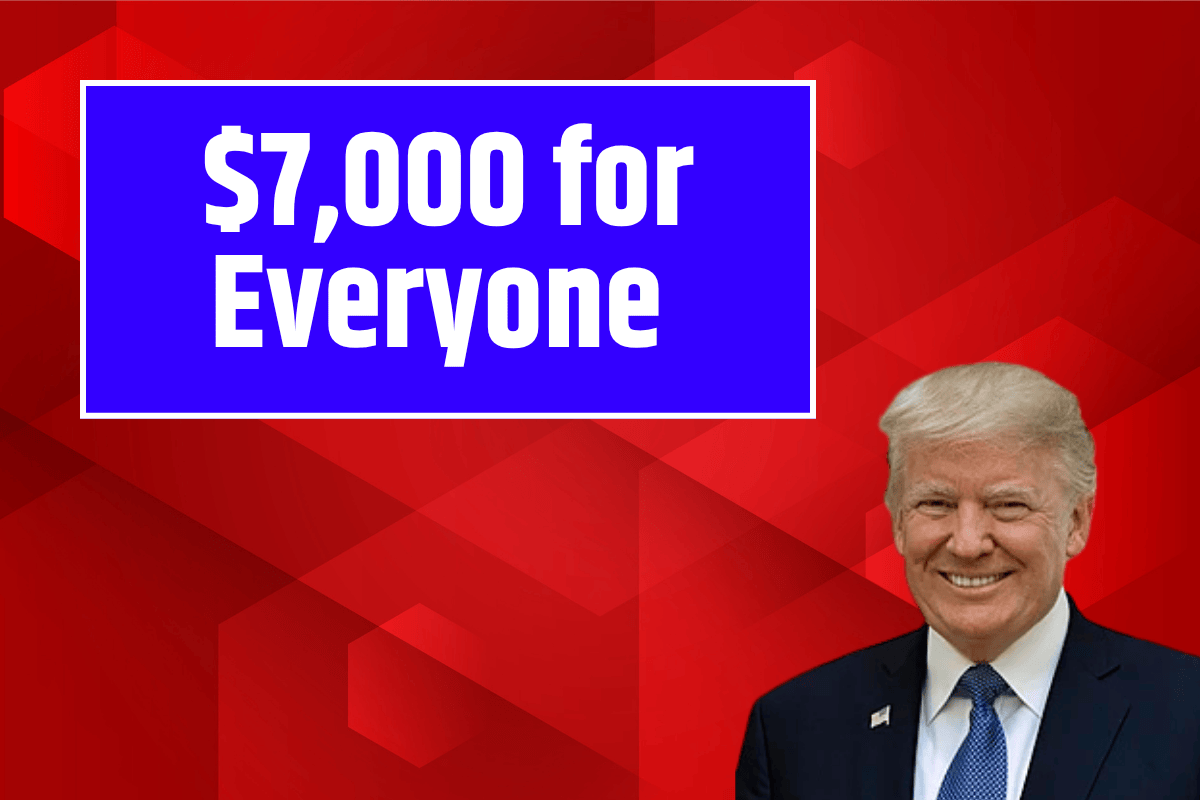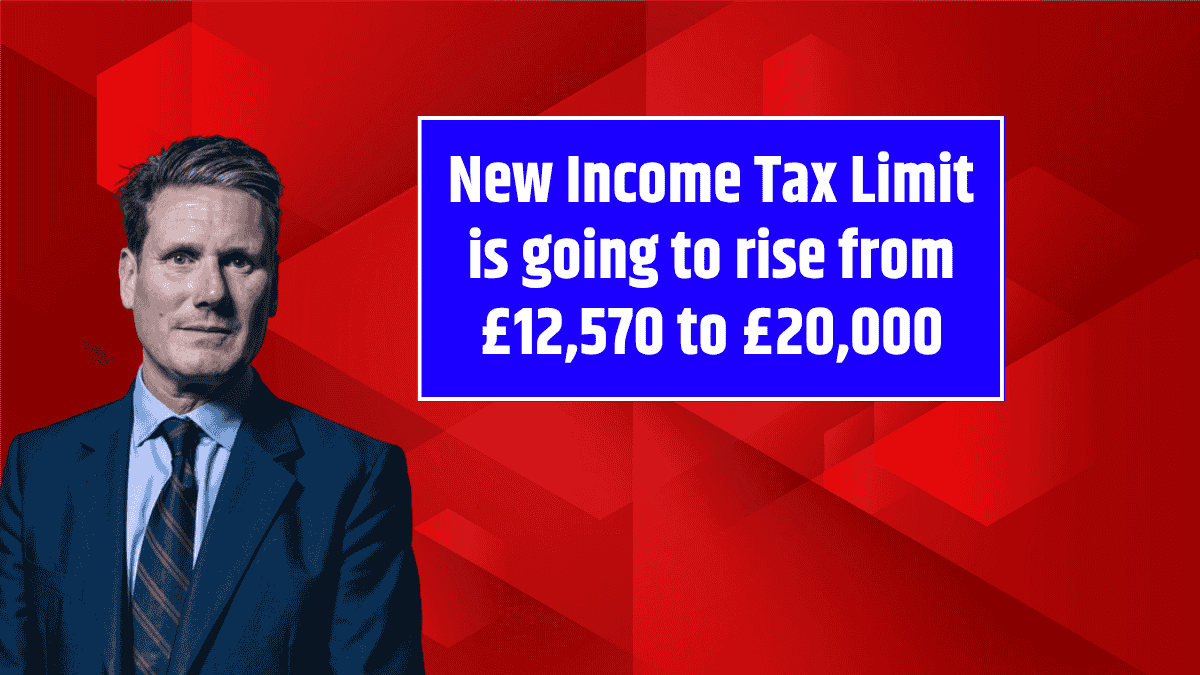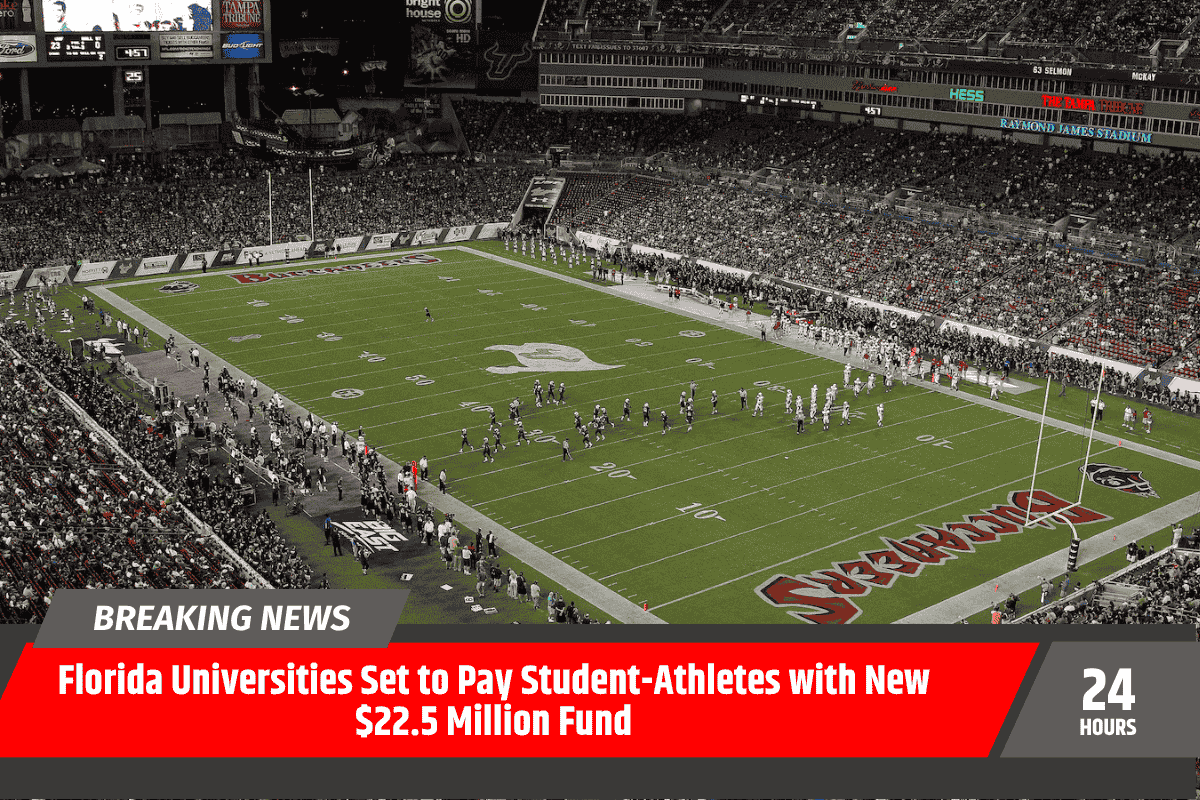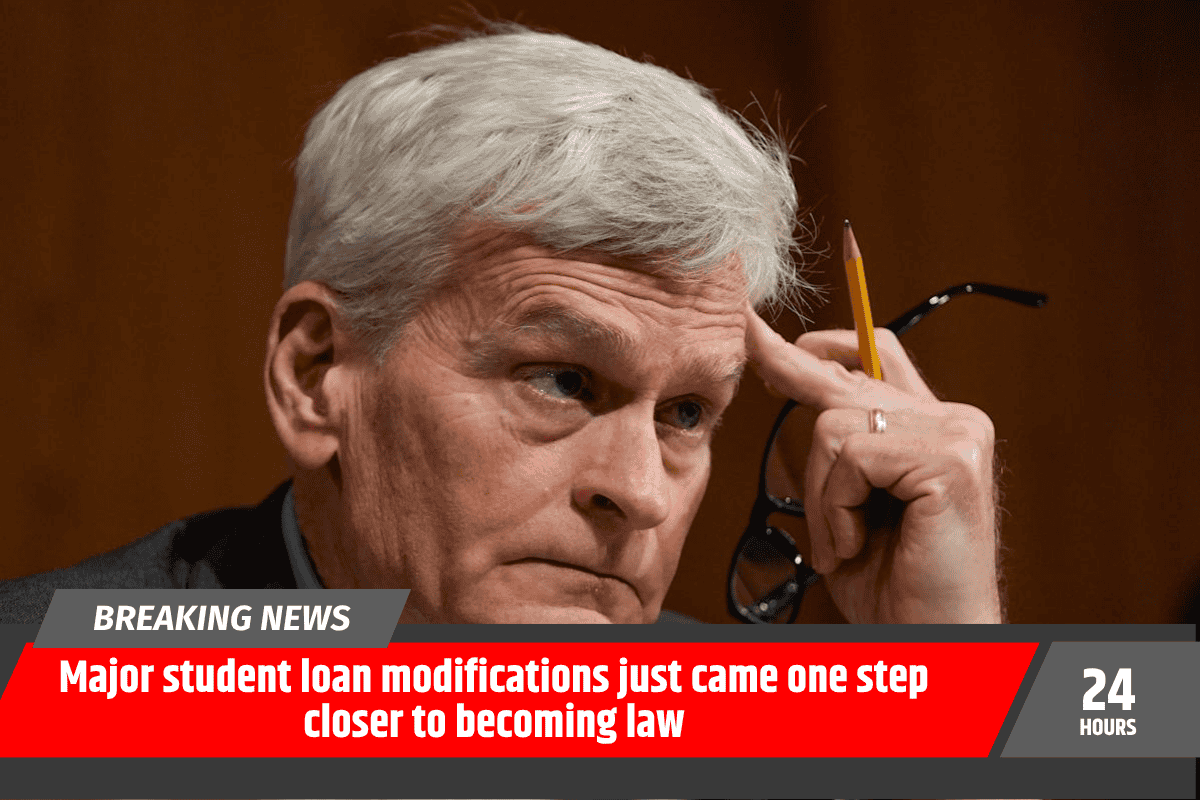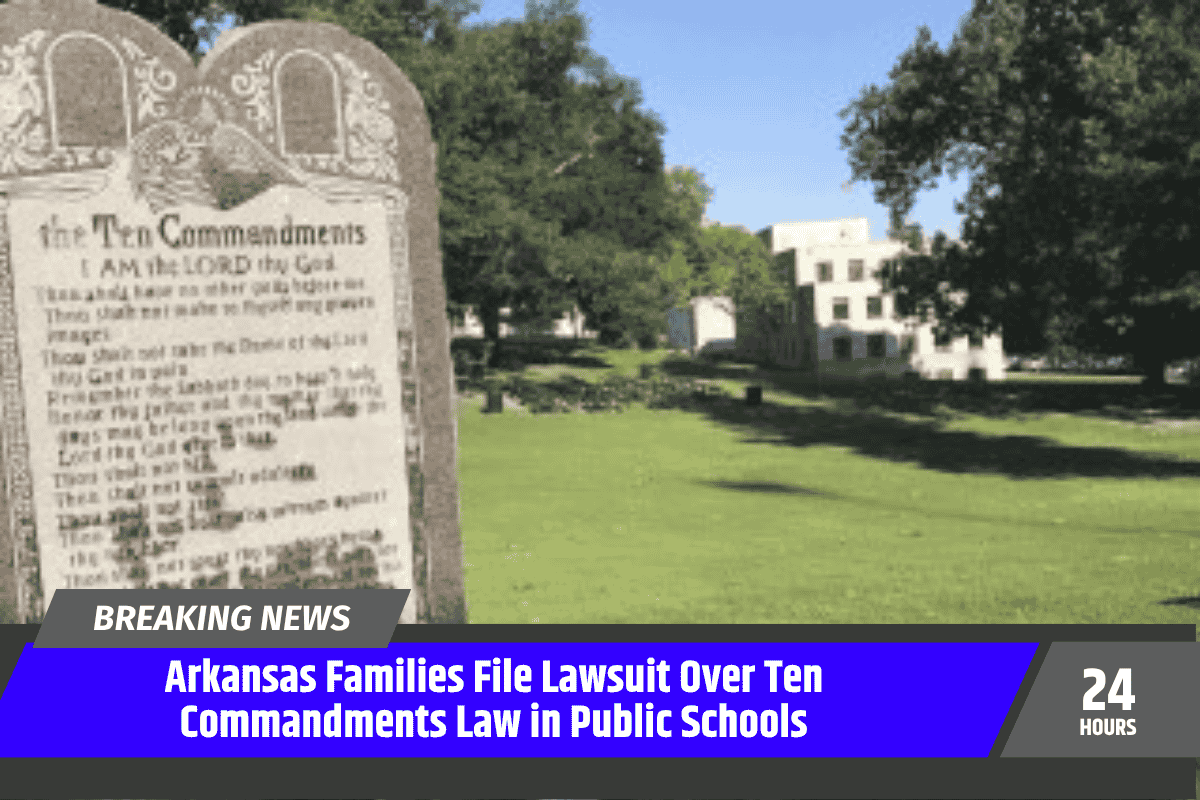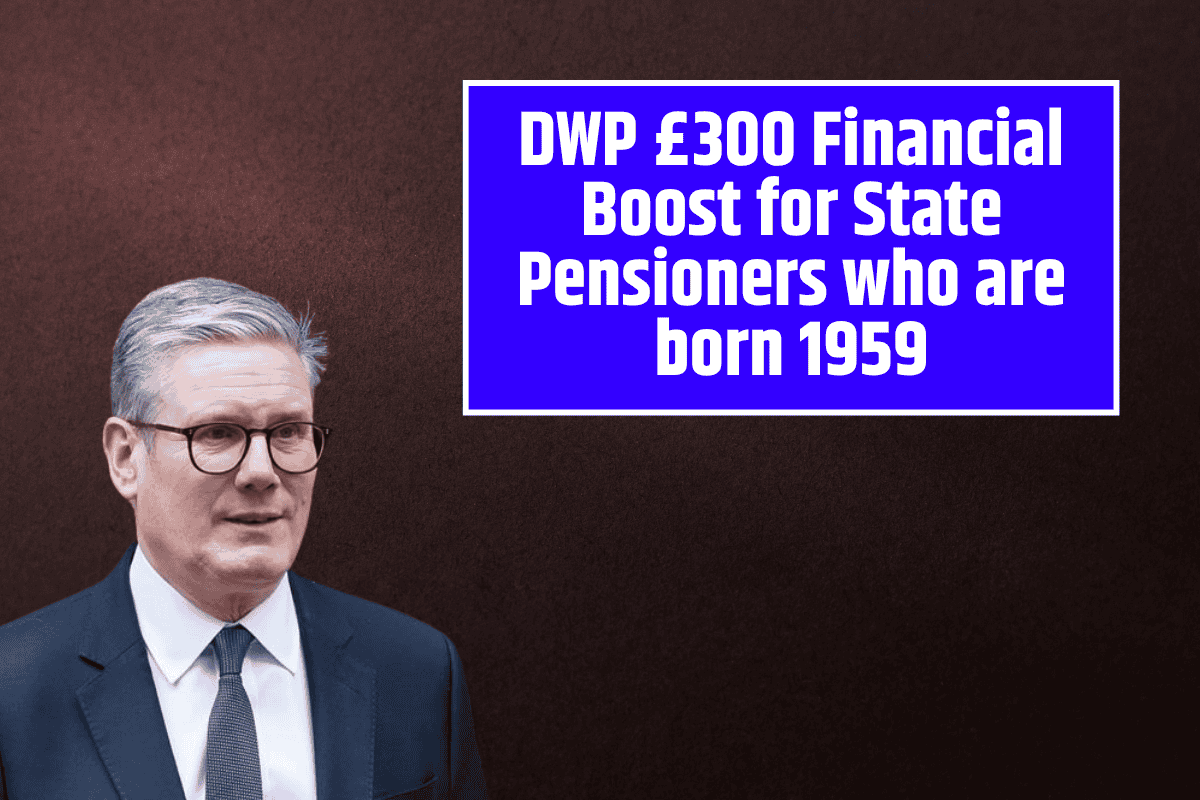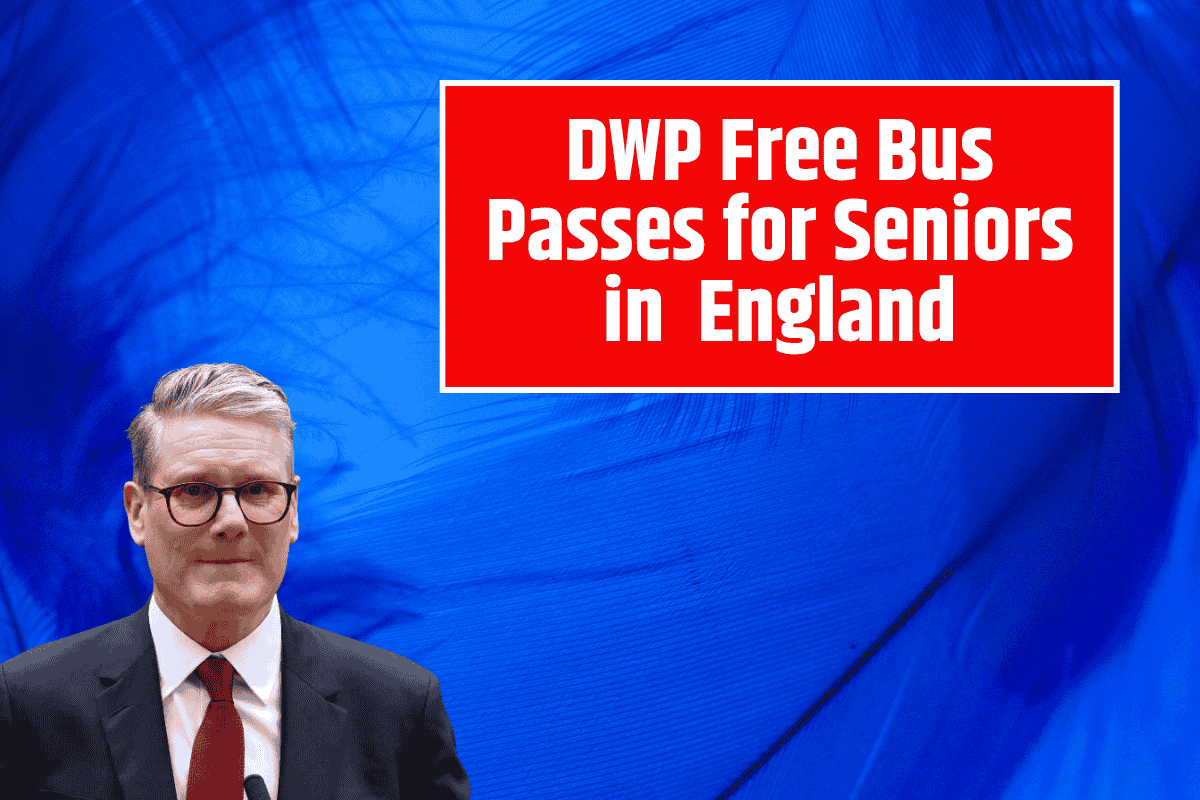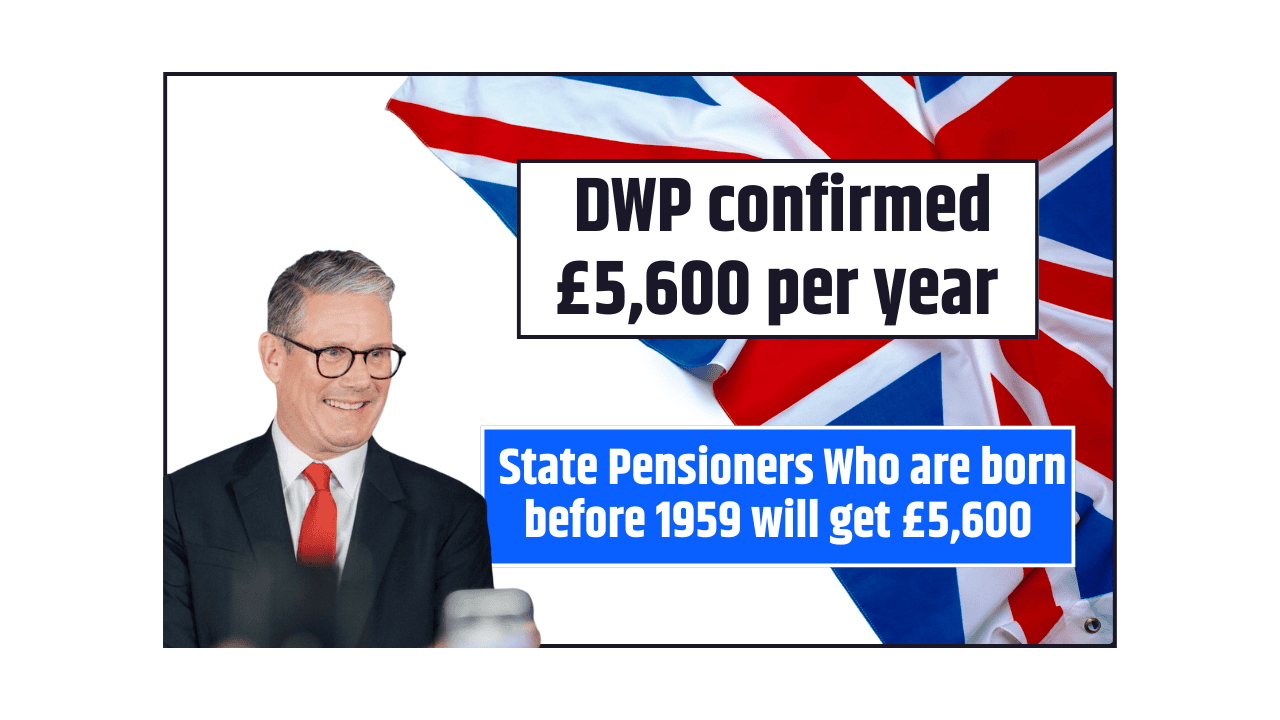Alabama’s new school choice program, known as the CHOOSE Act, has gained attention as it offers families up to $7,000 for private education, homeschool support, or some public school fees.
However, the data shows that fewer public school students have applied and qualified for the program than originally expected.
This article explores the details of the program, including who is benefiting, how many public school students are participating, and the challenges that have come with this initiative.
What is the CHOOSE Act?
The CHOOSE Act is a school choice program introduced in Alabama that provides up to $7,000 to families. This money can be used for private school tuition, homeschool resources, or fees at participating public schools.
The goal of the program is to make education more accessible to families with lower incomes, particularly those who may struggle to afford private schooling.
Enrollment Trends and Participation Rates
While nearly 24,000 students have been awarded funds under the program, the participation rate of public school students has been surprisingly low.
According to data from the Alabama Department of Revenue, only about 22% of those accepted into the program currently attend public schools.
This is far fewer than expected, especially when more than 10,000 public school students applied.
Who Benefits from the CHOOSE Act?
The program primarily benefits students who were already attending private schools or were homeschooled. Of the students who have received awards, approximately 45% attended private schools, and 29% were homeschooled.
Most of these students, around 98% of those in private schools, plan to continue at their current institutions.
For public school students, however, many are choosing to leave the public system. As of June 16, more than 5,000 public school students were accepted into the program, but only 58% plan to attend private schools, while 13% plan to continue their home education.
Interestingly, 26% of these students intend to remain in public school, likely through out-of-district programs.
Why Are Public School Students Underrepresented?
One of the reasons public school students make up a smaller portion of the program participants could be due to the qualifications for the program. Although over 10,000 public school students applied, more than half of them did not qualify.
The program specifically targets families with incomes at or below 300% of the federal poverty level, which for a household of four is about $93,600.
Additionally, some public school districts, like Lee County Schools, initially planned to participate but later dropped out due to the program’s restrictions.
How Will the Funds Be Used?
Families who were awarded the $7,000 are expected to use the funds for private school tuition, homeschool programs, or certain public school services, such as out-of-district tuition.
However, the funds cannot be used for services like tutoring or therapy at schools that do not charge tuition.
Financial Impact and Future Projections
The Alabama Department of Revenue estimates that the state will spend about $128.5 million of the $180 million in available funding for the program.
This estimate is based on the number of awards issued so far. The final cost will depend on the actual enrollment status of the students.
Demographic Information
Most of the participants in the CHOOSE Act are white, making up 60% of the recipients, while Black students account for 26% of those accepted into the program.
The data reveals that the program is predominantly benefiting families who already have access to private schooling or homeschooling options.
Although the CHOOSE Act is still in its early stages, it has already provided significant support to thousands of families in Alabama.
The program aims to help those who might not otherwise afford private schooling, but the majority of those benefiting from the program are students who were already in non-public education systems.
As the program continues to grow, it will be interesting to see how it affects both public and private school systems in the state.
FAQs
What is the GOP’s ‘One Big Beautiful Bill Act’?
The ‘One Big Beautiful Bill Act’ is a Republican proposal to overhaul the federal student loan system. It includes major changes like fewer repayment plans, longer loan timelines, and the elimination of economic hardship deferments.
How will the proposed changes affect student loan repayment?
The proposed bill would reduce repayment options, making it harder for borrowers to manage their payments. It could also extend repayment periods, requiring borrowers to stay in debt for up to 30 years.
What happens if the bill passes?
If passed, the bill would make it harder for borrowers to access affordable repayment plans and deferments. It could also lead to higher payments for some borrowers and make it more difficult to achieve loan forgiveness.
What are the key proposals in the GOP’s student loan bill?
The key proposals include fewer repayment plans, extended repayment timelines, and the elimination of economic hardship deferments. These changes are expected to increase financial burdens on many borrowers.
When would these changes take effect?
If the GOP proposals are enacted, they would apply to new loans taken out after July 1, 2025, or 2026, depending on the specifics of the bill passed.

